On July 9-10th, Jean-Michel Romano (ESR) presented part of the results of the Laser4fun project at the Polymer Process Engineering PPE’19. The event was organised by the Polymer IRC in Bradford (UK).
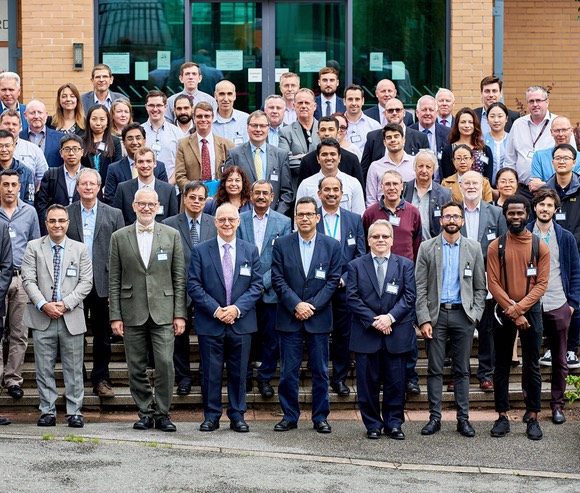
On July 9-10th, Jean-Michel Romano (ESR) presented part of the results of the Laser4fun project at the Polymer Process Engineering PPE’19. The event was organised by the Polymer IRC in Bradford (UK).

Gagandeep Singh Joshi, an Early Stage Researcher (ESR), defended his PhD-thesis on March 19, 2019 at 12:30 pm, in the Physics department at the University of Bari, Italy. Supervised by prof.dr. Antonio Ancona, a Senior Researcher at Institute of photonics and nanotechnology, National Research Council of Italy (CNR-IFN, Bari), and prof.dr. Giuseppe Carbone, Professor and Head of the Department of Mechanics, Mathematics and Management of the polytechnic university of Bari, Italy. Below are some pictures of the cermony as well as an English and Italian summary of the work and results of Gagandeep.
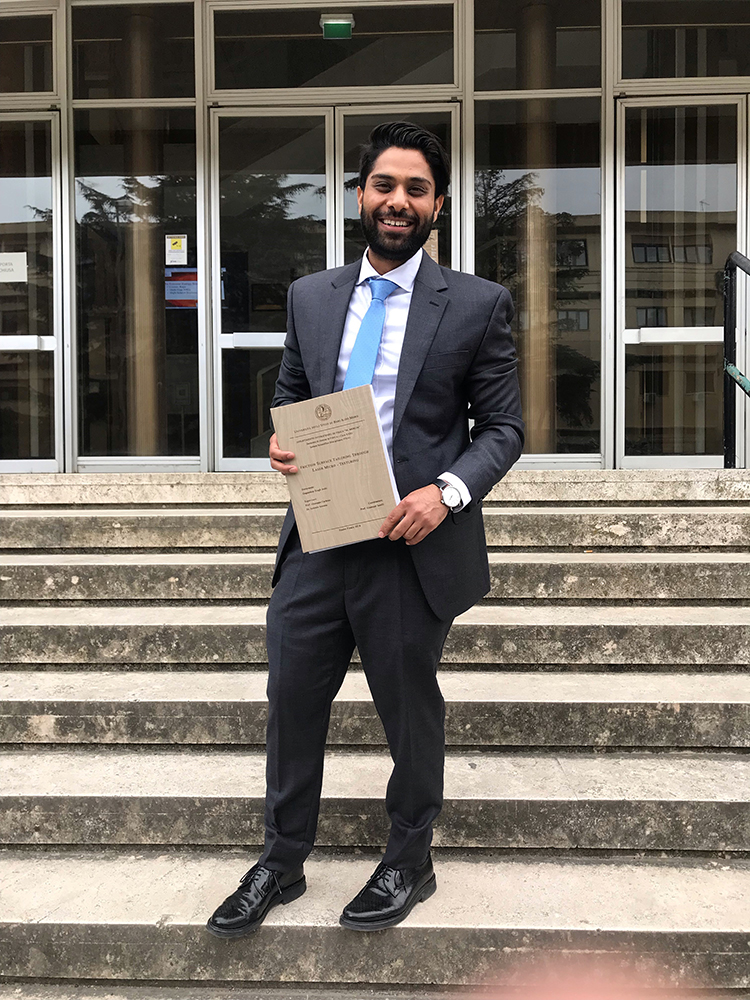
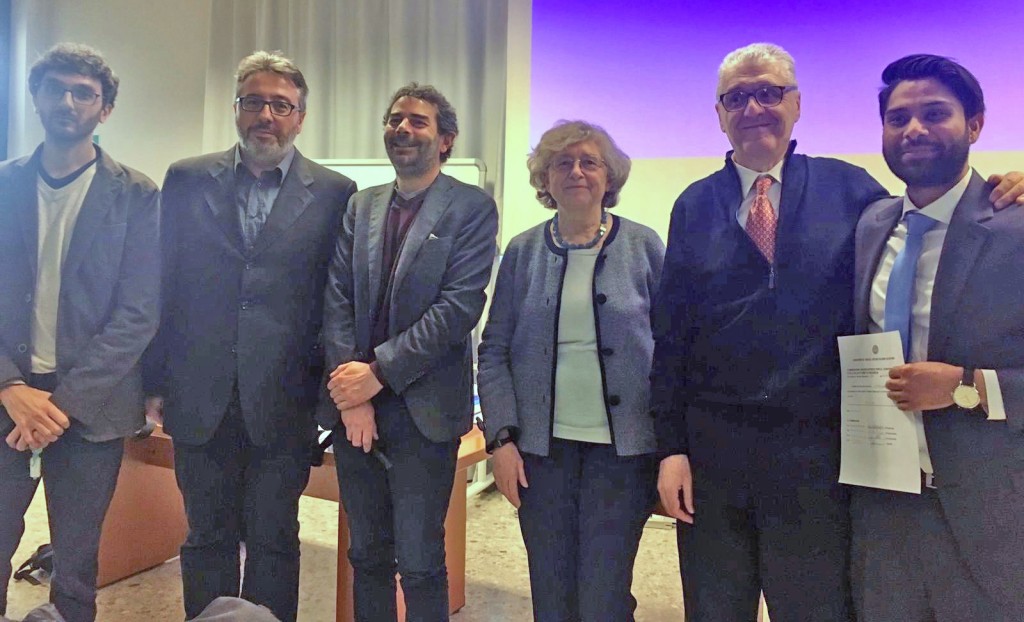
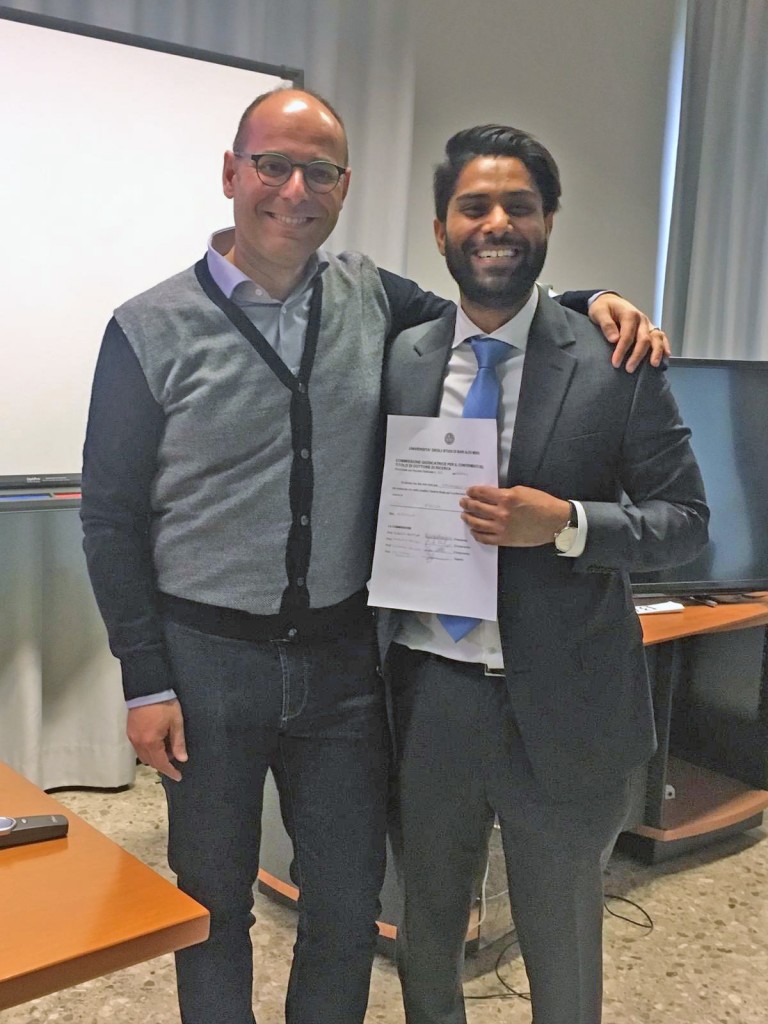
Over the past decades, surface texturing has shown to be an emerging technique to control the friction and wear. It consists of fabricating a pattern of small dimples or grooves on the surface of the materials in a very controllable way, which causes the change in the surface topography. Lasers with their excellent beam quality promised noticeable advantages and improvements in high precision and material processing at the microscale. In order to control the friction, it is important to understand the mechanisms which occur during the conformal or non-conformal contact in dry and lubricated conditions.
In the present thesis, I am dealing with laser surface texturing to improve the tribological properties of the technological steels. I have fabricated the pad based on a design developed previously to my thesis, it consists of an anisotropic and non-uniform texture to maximize the thrust load of a square pad prototype. The experimental results, showed that the non-uniform micro-texture largely affects the friction characteristics of the contact. In particular, in agreement with the BTH predictions, the tribo-system shows friction properties that are strongly sensitive to the direction of the sliding speed, as a consequence of the micro-fluid dynamics which are designed to occur only in a specific sliding direction. Results suggest that the joint action of virtual prototyping (BTH lubrication theory) and ultrafast laser micro-prototyping can lead to unconventional and impressive results in terms of enhanced or tailored contact mechanics properties of the generic lubricated tribopair.
I have also investigated the effects of the micro surface texturing in the lubricated non-conformal point contacts. In this investigation, I have focused on a regime poorly investigated in literature, where the contact area and the micro-holes have a comparable size. In particular, I found that, depending on the void ratio, a significant friction reduction or, on the contrary, a deterioration of the frictional performances can affect the boundary and mixed lubrication regimes. This was due to the simultaneous occurrence of two competing effects. One was related to the stress intensification, due to the presence of the micro-hole edges on the contact topography, which leads to a consequent increase in wear and friction. On the other hand, micro-texture may play a positive role in the friction optimization given the possibility, offered by the micro-holes, to entrap wear debris and, then, to preserve a smoother interface between the contacting pairs.
Investigation of the wettability and spreading behavior of the lubricant on laser textured surfaces helps to understand more about its tribological performance. The tribological behavior of different textured surfaces have been studied using mineral oil as lubricant. Results show that textured surfaces have friction reduction un- der different lubrication regimes as compared to un-textured surfaces. Furthermore, static contact angle and spreading were evaluated with water, mineral oil and pure glycerol. Every considered texture showed a slight reduction of contact angle for the three liquids, compared with the polished surface. Mineral oil exhibited a more persistent spreading over the un-textured and textured surfaces, and more consistency in friction reduction. Mineral oil shows compatibility for low and high dynamic velocities in the case of textured and un-textured samples, whereas, glycerol is beneficial at specific velocities.
Nei decenni passati, la micro-tessitura superficiale ha dimostrato di essere una tecnica emergente per il controllo dell’attrito e dell’usura. Tale tecnica consiste nel fabbricare sulla superficie del materiale ed in maniera estremamente riproducibile un motivo formato da piccoli buchi e scanalature che causano il cambiamento della topografia superficiale. Le sorgenti laser, grazie alla qualità eccellente dei loro fasci, hanno permesso di ottenere notevoli vantaggi e miglioramenti nella precisione delle lavorazioni su scala microscopica dei materiali . Per controllare l’attrito è importante capire i meccanismi che intervengono durante il contatto conforme e non conforme sia in condizioni asciutte che lubrificate.
Nel presente lavoro di tesi, la tecninca del “texturing” superficiale al laser è stata utilizzata per migliorare le proprietà tribologiche dell’acciaio tecnologico. Ho fabbricato un cuscinetto seguendo il design sviluppato precedentemente alla mia tesi che consisteva in una tessitura anisotropica e non uniforme finalizzata a massimizzare il carico di spinta di un prototipo di cuscinetto quadrato. I risultati sperimentali hanno mostrato che le microtessiture non uniformi influenzano consistentemente le caratteristiche dell’attrito del contatto. In particolare, in accordo con le previsioni del modello teorico BTH, il sistema tribologico mostra proprietà di attrito fortemente dipendenti dalla direzione della di velocità di scorrimento; questa è chiaramente una conseguenza dell’effetto micro-fluidodinamico che, come da progetto, intervenire solo in una specifica direzione di scorrimento. I risultati suggeriscono che l’azione combinata della prototipazione virtuale (teoria della lubrificazione BTH) e della micro-prototipazione laser ultraveloce può portare a risultati impressionanti e non convenzionali in termini di miglioramento o adattamento delle proprietà meccaniche del contatto di un generico sistema tribologico lubrificato.
Inoltre, ho anche analizzato gli effetti della micro tessitura superficiale nei punti di contatto non conforme lubrificato. In questo studio, ho focalizzato l’attenzione su un regime poco trattato in letteratura, in cui l’area di contatto e i micro-fori hanno dimensioni confrontabili. In particolare, ho riscontrato che, a seconda della percetuale di vuoti, una significativa riduzione dell’attrito o, al contrario, un suo aumento possono influenzare i regimi di lubrificazione misto e “boundary”.
Questo è dovuto all’incidenza simultanea di due effetti contrastanti; quello negativo è relativo all’intensificazione dello stress, dovuto alla presenza di bordi dei micro-fori nella zona di contatto, che causa un conseguente incremento dell’usura e dell’attrito. L’altro positivo è collegato alla possibilità di ridurre l’attrito a seguito di una ottimizzazione della geometria della testurizzazione microscopisca; i fori micorscopici infatti possono intrappolare i detriti derivanti dall’usura e, quindi, preservare una superficie più liscia all’interfaccia della coppia di contatto.
L’analisi del comportamento di bagnabilità e diffusione del lubrificante su una superficie testurizzata al laser, aiuta a capire di più riguardo alle sue performance tribologiche. I comportamenti tribologici di differenti superfici testurizzate sono stati studiati usando come lubrificante l’olio minerale. I risultati mostrano che le superfici testurizzate, a differenza di quelle non- texturizzate, consentono una riduzione dell’attrito in diversi regimi di lubrificazione. Inoltre l’angolo di contatto statico e la diffusione del lubrificante sono stati valutati usando come campioni l’acqua, l’olio minerale ed il gricerolo puro. Ogni tessitura esaminata, se confrontata con una superficie liscia, ha mostrato una leggera riduzione dell’angolo di contatto per ciascuno dei tre liquidi utilizzati. L’olio minerale presenta una diffusione più persistente sia su superfici testurizzate che non, insieme ad una riduzione più consistente dell’attrito.
Mentre l’olio minerale è compatibile sia per velocità di scorrimento basse che alte e sia nel caso di campioni testurizzati che non texturizzati, il glicerolo produce delle prestazioni migliori solo nel caso di specifici valori di velocità.
On February 14th, Fotis Fraggelakis successfully defended his thesis and was awarded the degree of PhD.
The now dr. Fraggelakis, was an Early Stage Researcher (ESR) of the Laser4Fun project. He was the the first PhD-candidate from the project to defend his PhD-thesis. The public defense ceremony took place on February 14th at the Institute d’Optique d’Aquitaine (IOA) in Talence (France). He was supervised by dr. Inka Manek-Hönninger and dr. John Lopez of the University of Bordeaux, carried out most of his work at Alphanov under the supervision of dr. Rainer Kling of Alphanov, amongst others.
The PhD-defense committee consisted, among others, dr. Jörn Bonse of the Bundesanstalt für Materialforschung und -prüfung (BAM) in Berlin (Germany), prof. Antonio Ancona of the Consiglio Nazionale delle Ricerche (CNR), Istituto di Fotonica (IFN) of the University of Bari (Italy), and prof. Gert-willem Römer of the Chair of Laser Processing of the University of Twente (The Netherlands).
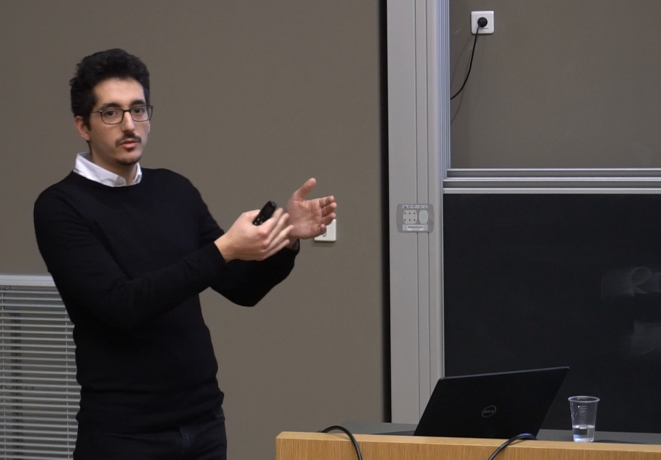
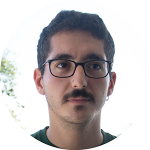 Fotis Fraggelakis, an Early Stage Researcher (ESR), will be the first PhD-candidate from the Laser4Fun project to defend his PhD-thesis. The public defense ceremony will take place on February 14th , 2019 at 9:30 am, in The amphitheater of IOA, the Institute d’Optique d’Aquitaine (IOA) at the Rue François Mitterrand 33400 Talence (France). Supervised by dr. Inka Manek-Hönninger and dr. John Lopez of the University of Bordeaux, carried out most of his work at Alphanov under the supervision of dr. Rainer Kling of Alphanov, amongst others. Below is an English and French summary of the work and results of Fotis.
Fotis Fraggelakis, an Early Stage Researcher (ESR), will be the first PhD-candidate from the Laser4Fun project to defend his PhD-thesis. The public defense ceremony will take place on February 14th , 2019 at 9:30 am, in The amphitheater of IOA, the Institute d’Optique d’Aquitaine (IOA) at the Rue François Mitterrand 33400 Talence (France). Supervised by dr. Inka Manek-Hönninger and dr. John Lopez of the University of Bordeaux, carried out most of his work at Alphanov under the supervision of dr. Rainer Kling of Alphanov, amongst others. Below is an English and French summary of the work and results of Fotis.
Current industrial markets demand highly value-added products offering new features at a low-cost. Among the most desired functionalities are, surface colouring and blackenning, anti-icing, anti-biofouling, wear reduction and anti-reflectivity. Functional textures found in nature indicate that those properties can be enable by textures in the micro and nanoscale. Laser surface processing holds a virtually endless potential in mimicking bio inspired textures by modifying surface morphology and chemistry. We investigate several techniques to achieve controlled laser structuring in the submicron regime such as polarization control and double pulse irradiation. Valuable data were provided both in the surface functionalization, in understanding and controlling of laser induced structuring and in upscaling a lab developed process. We believe that our results open the way for laser texturing exploitation in everyday applications exploiting up to date laser sources and positioning systems.
L’Industrie actuelle demande des produits à haute valeur ajoutée offrant des nouvelles fonctions à moindre coût telles que la coloration ou le noircissement de surface, la réduction des frottements, la génération de surface antiréflexion, antibactérienne, superhydrophobe ou anti-icing. Les surfaces fonctionnelles présentes dans la nature nous indiquent que ces propriétés uniques ne sont possibles par des texturations de surface à l’échelle micro et nanométrique adéquates. La technologie laser révolutionne le champ des possibles et permet de reproduire ces fonctions inspirées du monde du vivant en modifiant la morphologie et la chimie de surface. Nous avons étudié plusieurs techniques de texturation de surface par laser femtoseconde en jouant sur la polarisation et l’irradiation en double impulsion. Ces travaux de recherche apportent une contribution significative dans la compréhension des mécanismes et dans la capacité à produire de telles texturations sur des grandes surfaces
Quando l’incontro col Laser si ferma in superficie! Prof. Antonio Ancona and PhD-student Gagandeep S. Joshi invite students of the University of Bari Aldo Moro to a meeting on December 7th, 2018. They will present results and perspectives of the Laser4Fun project.
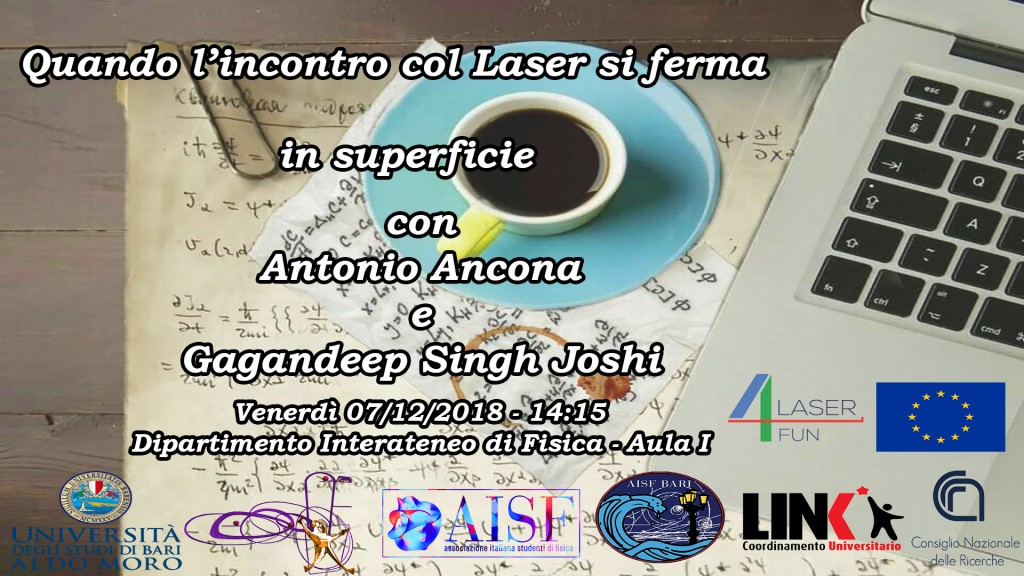
The 2018 Technical Board (TB) meeting and Supervisory Board (SB) meeting of the Laser4Fun project took place on October 4 and 5 in Bari, Italy. The meeting was hosted by prof. Antonio Ancona of IFN-CNR, Istituto di Fotonica e Nanotecnologie, Bari, Italy. The TB & SB discussed the progress of the project, results, management and reporting issues, as well as communication and dissemination topics. Also all Early Stage Researchers (ESRs) presented their progress and results to the SB. We were happy to conclude the project is well on track.
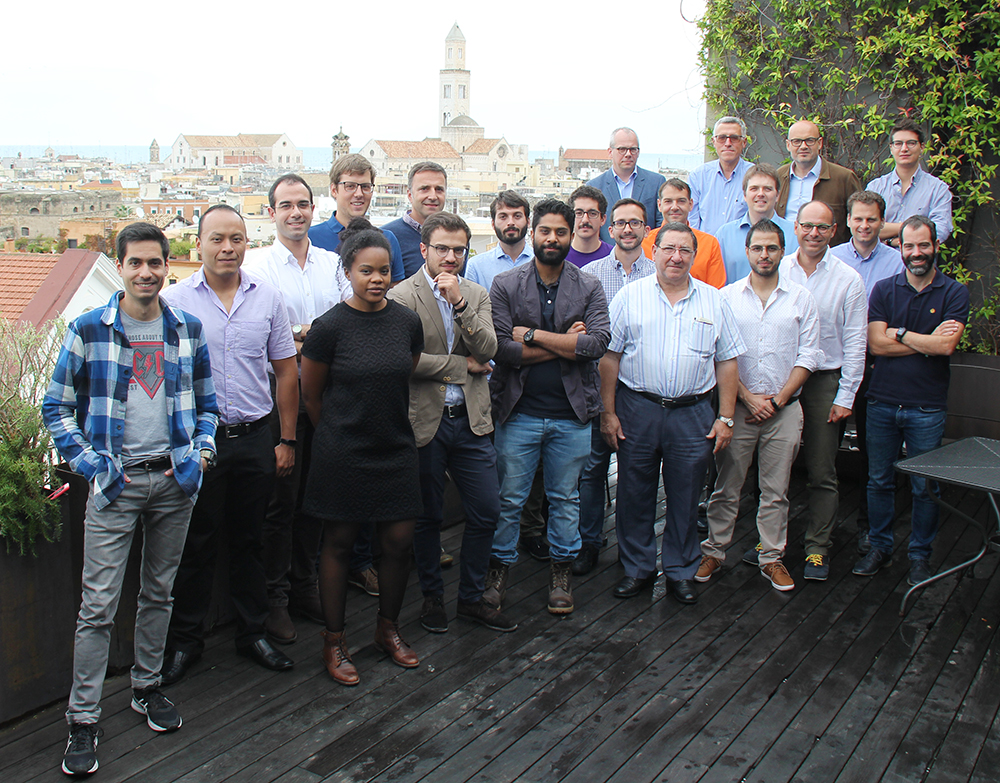
The 3rd Laser4Fun international Summer School took place from October 1st to 5th and was hosted by prof. Antonio Ancona of the IFN-CNR, Istituto di Fotonica e Nanotecnologie in Bari, Italy. The participants of the summer school were “fully-immersed” into the world of Laser Micro/Nanostructuring and Surface Tribology. Lectures and presentations by academic experts and of the participants alternated, with ample time for discussions. Topics included, but were not limited to:
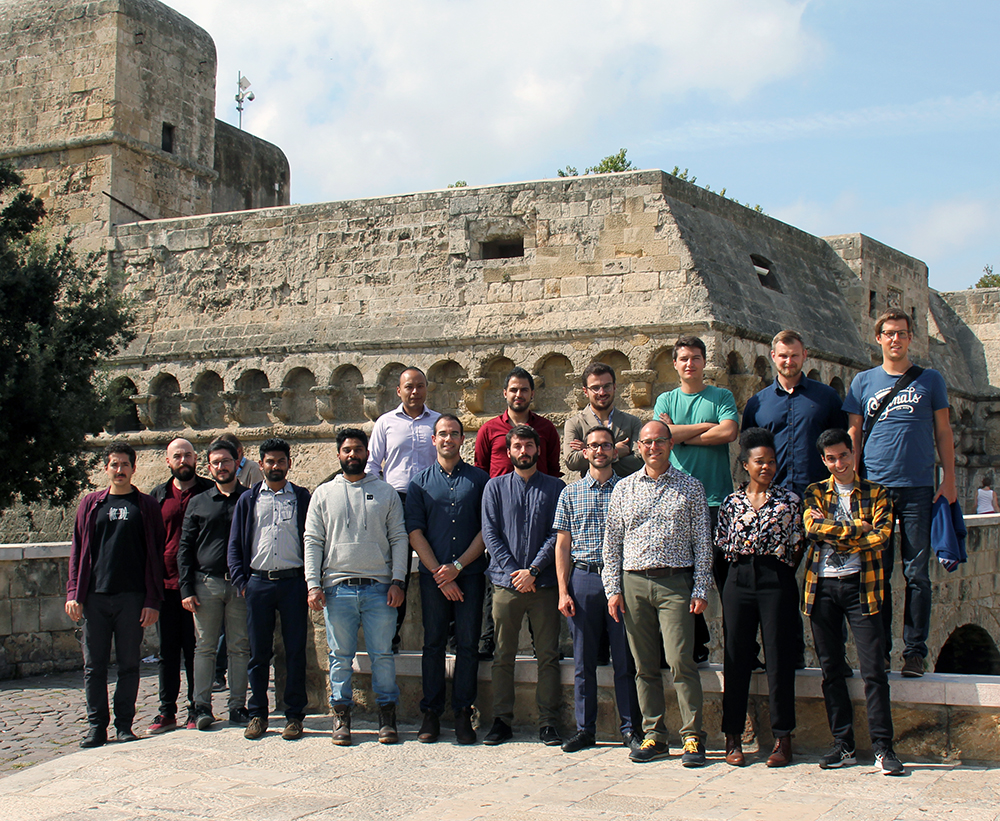
1st-5th October 2018, Bari, Italy
On September 25th, Melissa Sikosana (ESR), has been awarded 3rd place by a distinguished jury, for “breaking the wall of bacteria related deaths”, at the “Falling Walls Lab Marie Sklodowska-Curie Actions Event“. This event was organised by the European Commission in collaboration with the European Parliament and supported by the Falling Walls Foundation.
The Falling Walls Lab challenging inter-disclipinary platform that invites talent academics, professionals and entrepreneurs from around the world to present breakthrough-research work, within 3 minutes, each to an audience of industry experts & decision makers.
Patricia Reilly, ‘Deputy Chief of Staff (or Deputy Chef de Cabinet) for EU Commissioner for Education Culture, Youth and Sport’ presented the award to Melissa.
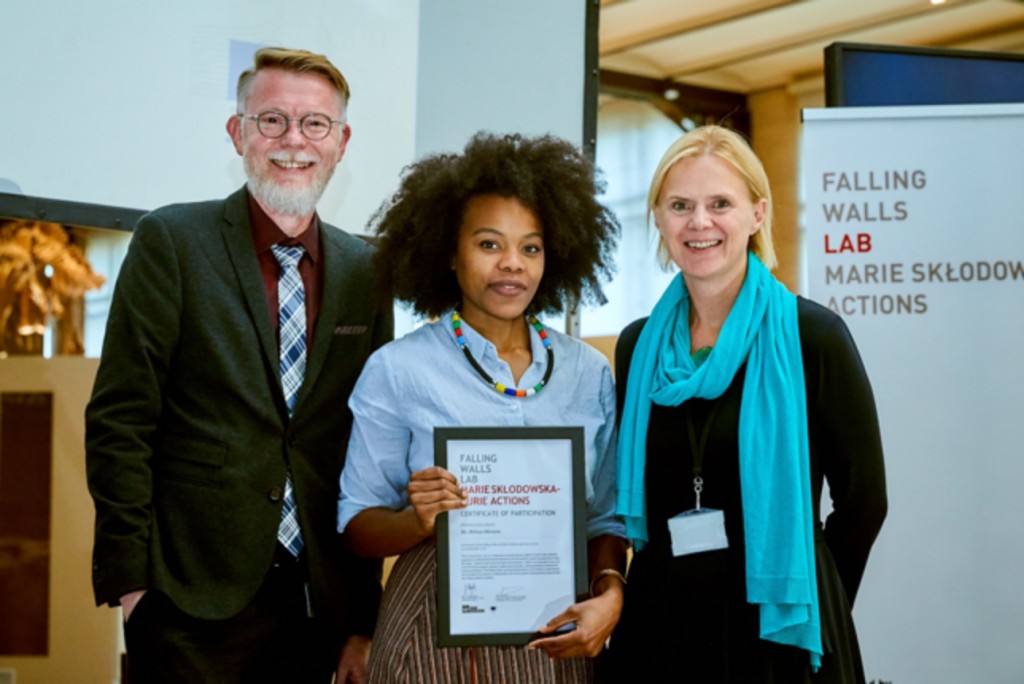
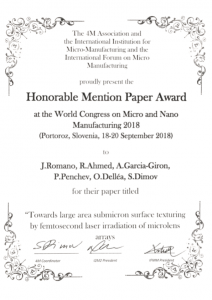 On the 20th September 2018, the World Congress on Micro and Nano Manufacturing took place in Portoroz, Slovenia. Jean-Michel Romano, an Early Stage Researcher (ESR) in the Laser4Fun project, was awarded of the Honorable Mention Paper Award for his contribution entitled “Towards large area submicron surface texturing by femtosecond laser irradiation of microparticle arrays”.
On the 20th September 2018, the World Congress on Micro and Nano Manufacturing took place in Portoroz, Slovenia. Jean-Michel Romano, an Early Stage Researcher (ESR) in the Laser4Fun project, was awarded of the Honorable Mention Paper Award for his contribution entitled “Towards large area submicron surface texturing by femtosecond laser irradiation of microparticle arrays”.
The award was presented by the scientific committee chair: Dr. Irene Fassi, National Research Council (CNR), Italy; Dr. Samuel Bigot, Cardiff University, UK; and Prof. Dr. Joško Valentinčič, University of Ljubljana, Slovenia.
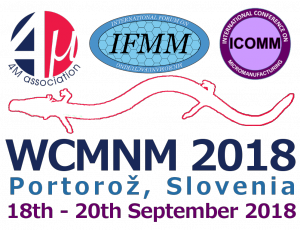 WCMNM 2018 was jointly organised by the Multi Material Micro Manufacturing association (4M), the International Institution for Micro Manufacturing (I2M2) and the International Forum on Micro Manufacturing (IFMM).
WCMNM 2018 was jointly organised by the Multi Material Micro Manufacturing association (4M), the International Institution for Micro Manufacturing (I2M2) and the International Forum on Micro Manufacturing (IFMM).
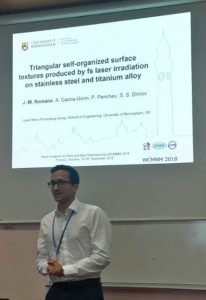 A delegation of the University of Birmingham participated in the 2nd World Congress on Micro and Nano Manufacturing (WCMNM 2018) that took place on September 18-20, 2018 in Portoroz, Slovenia. WCMNM 2018 is a joint conference of the 13th International Conference on MicroManufacturing (ICOMM), the Multi Material Micro Manufacture (4M), and the International Forum on Micro Manufacturing (IFMM). It was the opportunity for ESRs Antonio García Girón and Jean-Michel Romano to disseminate results of the Laser4Fun project to a large community of micromanufacturing experts, coming from Northamerica, Europe and Japan.
A delegation of the University of Birmingham participated in the 2nd World Congress on Micro and Nano Manufacturing (WCMNM 2018) that took place on September 18-20, 2018 in Portoroz, Slovenia. WCMNM 2018 is a joint conference of the 13th International Conference on MicroManufacturing (ICOMM), the Multi Material Micro Manufacture (4M), and the International Forum on Micro Manufacturing (IFMM). It was the opportunity for ESRs Antonio García Girón and Jean-Michel Romano to disseminate results of the Laser4Fun project to a large community of micromanufacturing experts, coming from Northamerica, Europe and Japan.
Fo r more information:
r more information:
http://www.4m-association.org/conference/2018